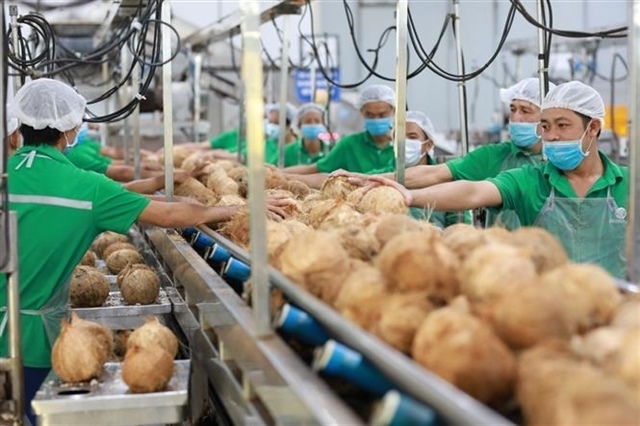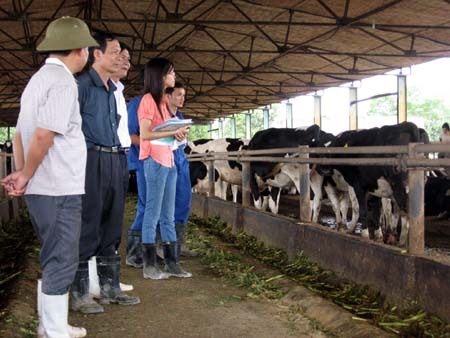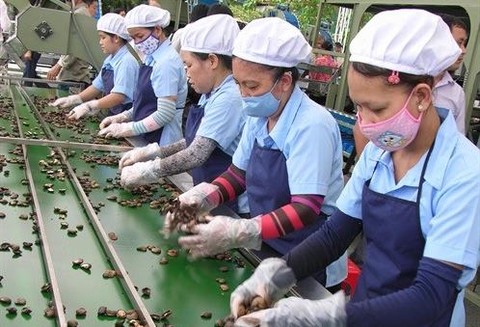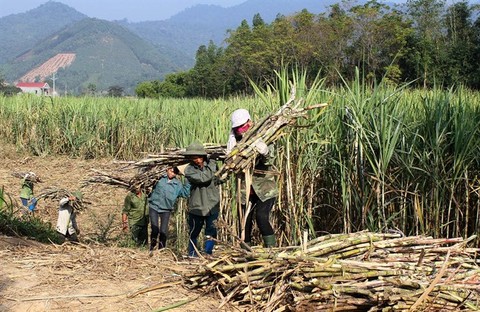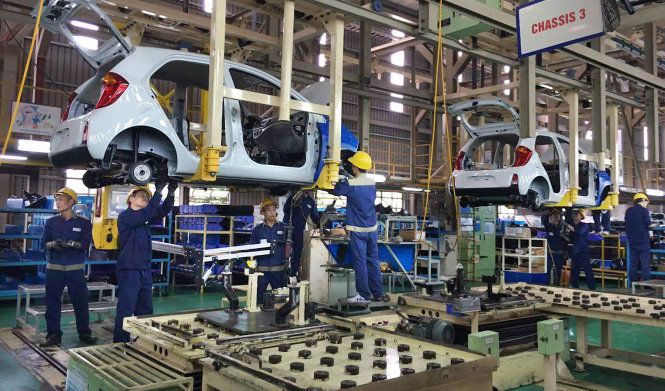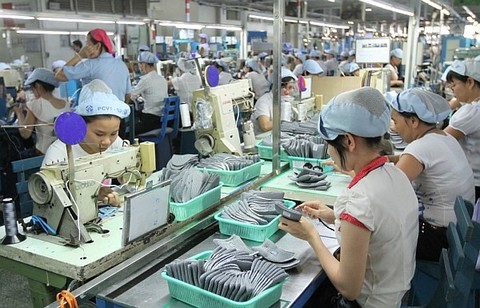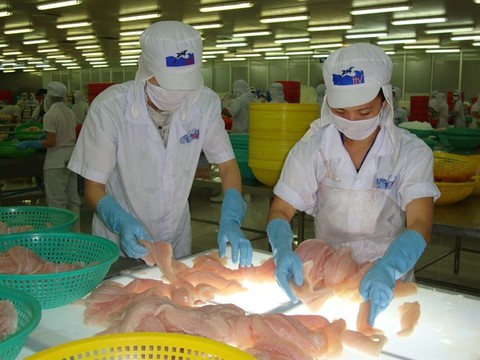Footwear sector awaits rebound with US giant
Footwear sector awaits rebound with US giant
Foreign capital flow in the footwear industry is expected to rebound this year after a slowdown in 2017, with the anticipated arrival of a major US player.
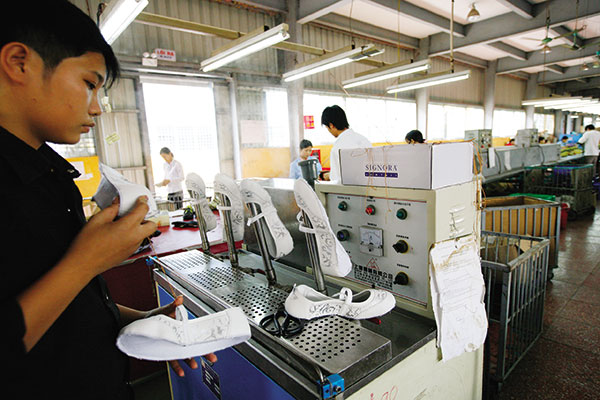
According to Nguyen Duc Thuan, chairman of privately-held TBS Group based in the southern province of Binh Duong and also chairman of the Vietnam Leather, Footwear and Handbag Association (LEFASO), he has invited Skechers, a major footwear manufacturer based in the US state of California, to study the possibility of investing in Vietnam’s northern province of Hai Duong. This would be a able project, with the scope of needed labourers possibly touching 20,000 people.
Skechers, one of the leading footwear makers in the US, is a heavyweight rival to two global footwear brands, Nike and Adidas.
“Last year, the US footwear giant distributed more than 200 million products and now intends to shift investment from China to Vietnam. The investor said its Vietnamese investment might reach between $700 million and $1 billion,” said Thuan.
Vietnam distributed more than one billion pairs of shoes and sandals to the global market in 2017, ranking second behind China with 13.8 billion pairs.
Vietnam raked in $18 billion from footwear and handbag exports last year, up nearly 11 per cent on-year. The foreign-invested sector accounted for more than 80 per cent of the total export value.
In April 2017, Idea Ltd. – part of Taiwan’s Pou Chen Group, the largest branded athletic and casual footwear manufacturer in the world – signed an agreement to lease 20 hectares in Ho Chi Minh City’s Tan Tao Industrial Zone valued at VND500 billion ($22.7 million).
According to a Pou Chen representative, after signing the land lease contract, the investor quickly engaged in legal procedures to pave the way for production factory construction. Once operational, the factory could provide jobs to more than 100,000 labourers.
Pou Chen dropped anchor in the Vietnamese market in 1994, opening its first factory in the southern province of Dong Nai.
Since then, the group has expanded production to many Vietnamese locations with a string of large-scale production factories.
Its total investment in Vietnam has surpassed $1 billion and provided jobs for nearly 200,000 local labourers.
Last year witnessed a slowdown in foreign direct investment (FDI) capital flow into Vietnam’s footwear sector. According to LEFASO, the US’ withdrawal from the Trans-Pacific Partnership agreement in late 2016 was the major reason behind this slowdown.
Phan Thi Thanh Xuan, LEFASO general secretary, said that slower growth in the sector’s import value of tanned leather, machinery, and equipment compared to previous years has attested to a halt in FDI capital flow to the sector.
Particularly, the import value of machinery and equipment into the sector decreased to $146 million in the first 11 months of last year compared to $170 million a year during the 2015-2016 period.
Similarly, import value of tanned leather was reduced to $1.5 billion, compared to nearly $1.6 billion in 2016.
The anticipated enforcement of the Vietnam-EU free trade agreement this year, however, is expected to provide impetus for a surge in FDI capital flow to the footwear sector.






